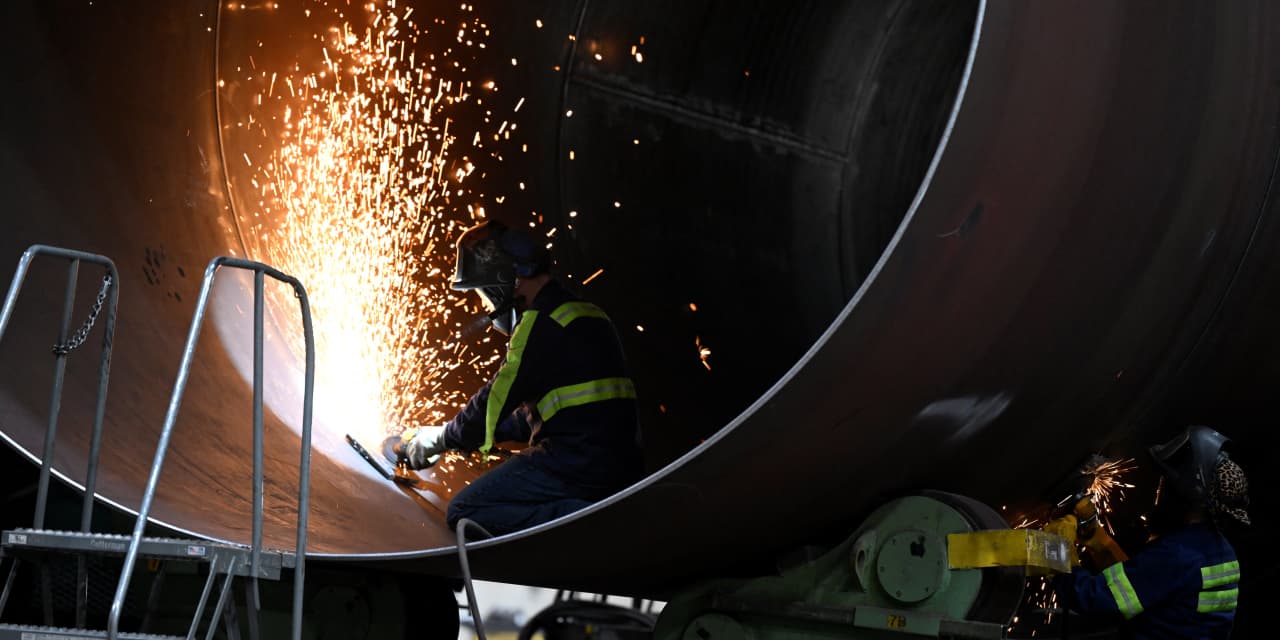As a longtime advocate and strategist, Peter Colavito, recently named executive director of the donor collaborative Invest in Our Future, worked for the labor movement, in community organizing, and in leading cross-sector initiatives addressing racial and economic justice, climate, and labor.
It’s a background ideally suited for heading a large group of high-profile donors aiming to leverage federal dollars to support workers and communities across the country.
Invest in Our Future was created earlier this year following the passage the Infrastructure Investment and Jobs Act of 2021, the Inflation Reduction Act (IRA) of 2022, and the CHIPS and Science Act, also of 2022—laws the donor group says have the potential to catalyze US$1 trillion in public and private investment toward the clean-energy transition.
The combined legislation will “transform whole industry sectors in ways that create jobs that are opportunities for communities that have been left behind before, and that’s all the way from urban to rural communities to everything in between all over the country,” Colavito says.
Invest in Our Future has received US$240 million in funding commitments so far from a range of big donors, including high-profile organizations such as
Bill Gates
’ Breakthrough Energy, the John D. and Catherine T. MacArthur Foundation, the Rockefeller Foundation, the William and Flora Hewlett Foundation, and a donor-advised fund created by the Ballmer Group, the family office of former Microsoft CEO
Steve Ballmer.
“What’s amazing is there’s quite a bit that’s happening, obviously, without us, but there are places where we think our interventions can make a difference,” Colavito says. “We don’t want certain communities not to be able to keep up with the flow of grant making from the government,” or not to receive “the tax advantages the government is offering.”
The challenge for the fund “is to make sure we’re giving the support, the capacity, and helping catalyze those opportunities,” he says.
The trio of laws is aimed not only at transitioning the country away from fossil fuels, but also at making sure low-income communities benefit from the transition.
It requires communities “to do new things and to move projects forward that they haven’t moved before,” Colavito says. “We want to make sure that we’re helping level that playing field for communities and for workers.”
The collaborative has already granted US$55.5 million to more than 20 organizations; another US$7 million in grants have been identified but not yet disbursed.
One grantee is Washington, D.C.-based Alliance for Tribal Clean Energy, which is aiming to build the capacity of its tribes to secure funding that would allow them to provide electricity for reservations. According to the collaborative, about 14% of tribal residents don’t have access to electricity and those that do are often charged more than than the average household.
“These tribal lands are often in places where there’s a lot of sun or a lot of wind, and they have access to a resource now that they can leverage to create economic development for themselves,” Colavito says.
Another is the New York-based Climate Jobs National Resource Center, which works with union-led coalitions in eight states. The nonprofit’s grant will allow the coalitions to “mobilize in support of siting, permitting, and building new clean-energy projects,” according to Invest in Our Future.
“As opposed to saying, ‘let’s build a project,’ or ‘let’s drive a project’ and then see if we bring the unions in, the unions are part of the co-creation of the investment and of the push for good jobs,” Colavito says.
“They’ve done some excellent work on pre-apprenticeships to make sure communities of color have pathways into jobs that they might not have had access to before.”
Once the clean-energy projects supported by these coalitions are built, the center will follow up to track their impact on jobs, local economies, and “dollars saved on energy bills paid by local families,” Invest in Our Future said.
This latter effort is part of a core objective of the collaborative to get the word out, so “more people understand and feel the benefits” of this influx of government funding, Colavito says.
“Our job is to look for places of opportunity where we can help accelerate change, make things go a little faster and help people appreciate the impacts through strategic communications for the next year or two, so that there’s continued support for this kind of work, for this kind of investment,” he says.
The collaborative is also seeking to boost public confidence in U.S. institutions, from the IRS to the Department of Energy. To that end, it’s exploring “how we can support the technical and capacity needs of government agencies that are engaged in administering policies so they are working effectively and delivering on the promise of these new laws,” according to a posting on the Hewlett Foundation’s website.
“For a lot of funders, even some that might not be single-minded climate funders, or single-minded economic justice funders, there’s a sense that this transformation could mean a lot for people to really believe that their institutions work for them,” Colavito says.
Read the full article here




